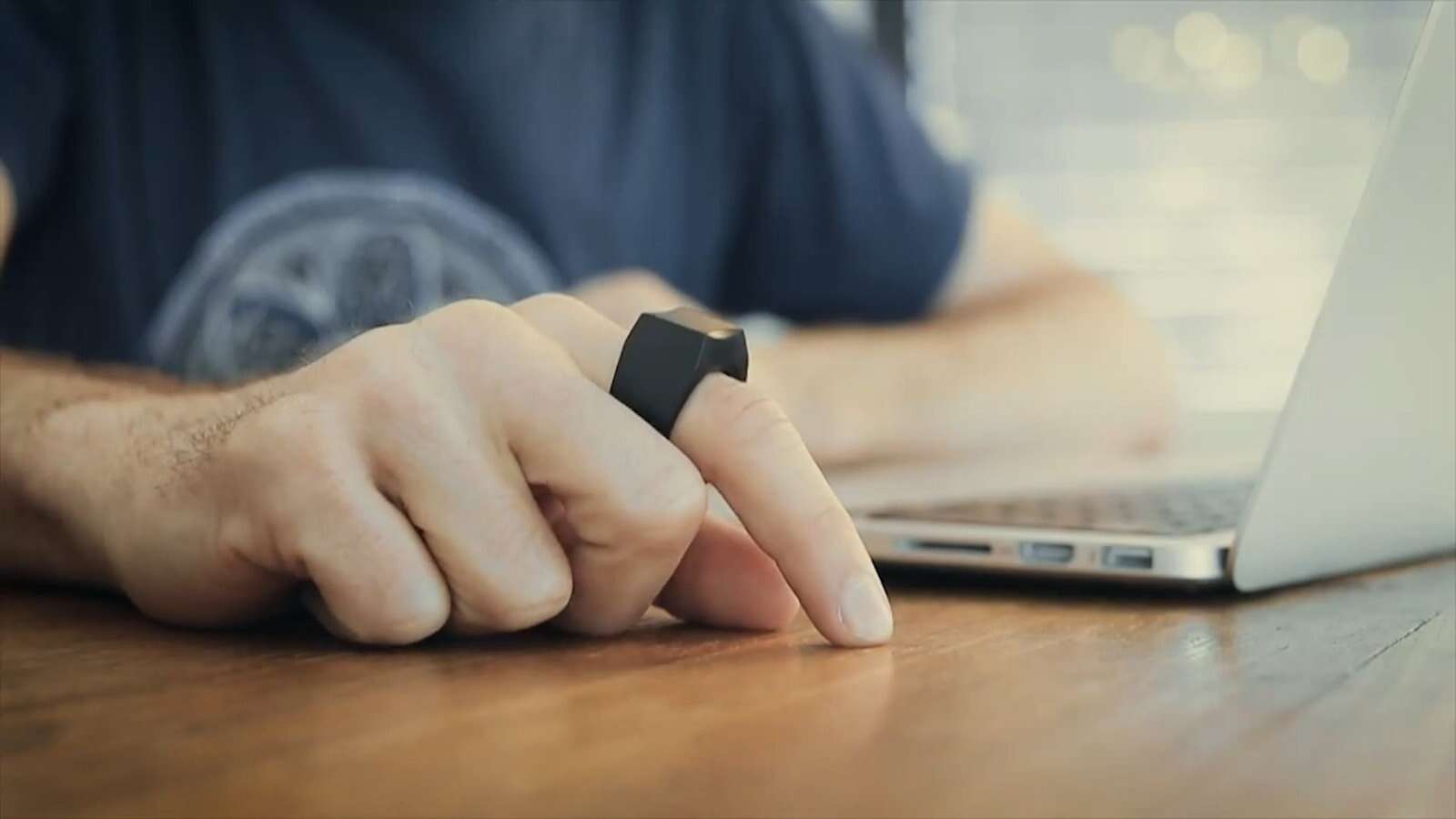Tutorial Switch to Windows 11: We tell you how to activate TPM on your Windows 10
A TPM 2.0 chip is necessary to be able to install Windows 11 on your PC. But how do you know if your device has this feature and how to enable it? We explain everything.
When Windows 11 was released in October 2021, almost everyone found out what the TPM 2.0 chip was. And for good reason: To install the latest Microsoft operating system, you must have a computer with that operating system.
What is a TPM chip?
TPM stands for Trusted Platform Module. This is a safety standard that fills certain charger specifications to meet certain criteria. The TPM chip, among other things, It takes care of encrypting the data on the computer: without it, this possibility would not be available.
On Windows, using a TPM chip activates Bitlocker.a program that allows you to encrypt the contents of an external hard drive or SSD to make it unreadable when connected to another computer. But when it comes to Windows 11, the use of TPM is deeper and hence the chip associated with it is necessary.
You should know that the chip in question is integrated into the motherboard.Devices released within the last eight years are likely to have a motherboard equipped with it.
If you have a working device Windows 10You can go to Start > Settings > Update & Security > Windows Security > Device Security A section called “Security Wizard” appears if your computer has one. However, you need TPM 2.0 to install Windows 11: TPM 1.2 is not enough.
Can TPM be disabled by default?
It can actually happen that Windows 10 does not detect TPM even though your motherboard is equipped with it. To check this, you can Go to your computer's BIOS By pressing the indicated key at startup. This gives you access to UEFI, an interface that allows access to a lot of information.It is attached to the motherboard and other components of the device.
To check if the TPM is present, but not activated, look for a dedicated section in the menus. It can be called differently depending on the manufacturer: Security chip, Security device support, TPM device, TPM, TPM status…If you don't find anything, your device probably doesn't have it. On the other hand, If you find information about TPM 2.0 being disabled, enable it before restarting your computer.
usually, By checking again in the Windows 10 menus, you should have information indicating the presence of the security processor. If so, you can now install Windows 11 without facing compatibility issues.

“Certified gamer. Problem solver. Internet enthusiast. Twitter scholar. Infuriatingly humble alcohol geek. Tv guru.”





